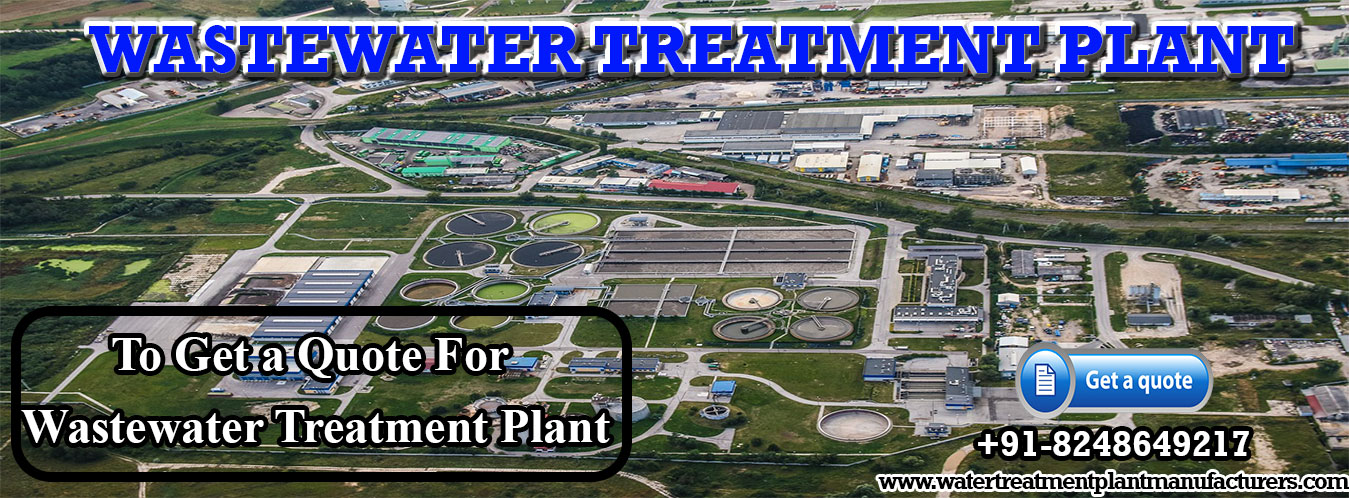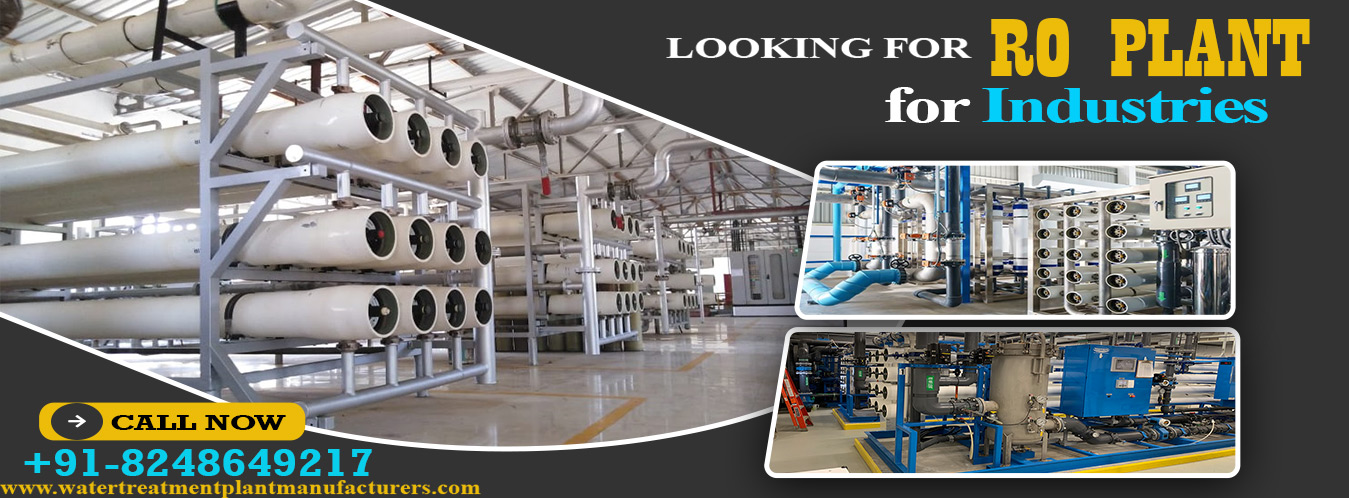
WELCOME
GJ WATER TECHNOLOGIES

WELCOME
GJ WATER TECHNOLOGIES

WELCOME
GJ WATER TECHNOLOGIES

WELCOME
GJ WATER TECHNOLOGIES
A water treatment plant is an objective where wastewater (water which is not generally fit for its momentum reason) moves to once it leaves homes and organizations through sewage pipes. The sewage system contains miles of lines subterranean where wastewater streams to the treatment plant for handling. Business, residential and industrial wastewater gathers at the treatment plant where it goes through a progression of cycles to give protected, clean water.
These days, a common water treatment interaction will contain nine unmistakable advances. While not these means might be in activity at each treatment facility world, they are the premise of the water treatment industry.
Before the water can be dealt with, it should initially be gathered from lakes, streams and reservoirs. Most frequently, the water is moved from the source to the treatment plant through a perplexing organization of pumps and pipelines, however normal means (like streams) might be utilized.
The most important phase in the treatment cycle is to screen the water to eliminate bigger things of suspended materials, like junk, plants, trees, creatures and other flotsam and jetsam. As the name recommends, these are caught and taken out by means of the utilization of a huge metal screen.
Right now, chemicals are presently added to support more modest particles of suspended make a difference to cluster together and structure "floc". The chemicals compounds used to accomplish this intention are called coagulants and there are a wide range of items accessible.
After the coagulant has been added to the water, it should be blended at different rates throughout some stretch of time to permit the flocs to frame (this piece of the interaction is known as flocculation).
When the flocs have framed, the water is disregarded a sedimentation bowl. Here, the bunches of floc particles can settle at the lower part of the bowl, where they are taken out to a removal lake.
With the bigger particles removed from the water, it should now be sifted through different media, for example, sand, rock or granular actuated carbon to eliminate the more modest undesirable particles which actually continue.
The excess water has now had by far most of its pollutions eliminated, however it might in any case contain microscopic organisms, infections and different microorganisms. To kill these components, it should be treated with sufficient chlorine to be successful yet not an excessive amount to influence taste or smell.
The water is currently basically prepared for public utilization, however should be stored until interest for it surfaces. It is generally usually stored in underground or over ground tanks. As well as drinking water, there must likewise be a stored inventory of water for crises like flames.
The water is at long last shipped off homes and organizations around the country through a refined system of pumps, tanks, pipelines, hydrants, valves and meters.
Wastewater is the water that arises after new water is involved by people for domestic, commercial and industrial use. This archive will limit itself just to the waste water produced because of home-grown use. I-e Washing includes the washing of utensils utilized in cooking, washing vegetables and other food things, washing, washing hands, washing clothes.
Today, around 80% of all wastewater is released into the world's streams where it makes health, ecological and environment related perils, as indicated by the IWA. Gauges recommend wastewater treatment limit is at present 70% of the generated wastewater in big league income nations, and just 8% in low-pay countries. Moreover, urbanization further intensifies this test with expanding wastewater generation.
Water treatment relies upon the application. Each utilization for water produces a base necessity. On the off chance that the stock water doesn't meet interaction determinations, treatment is most certainly required. Regardless of whether the water quality meets necessities, there might be cost saving open doors in light of extra treatment. By further developing water quality, the maintenance of different machines can be limited.
Treatment plants eliminate pollutants contained in wastewater so the treated wastewater can be securely gotten back to the climate. This equivalent adjustment process happens in nature to separate wastewater into its most essential parts of carbon dioxide and water. Normal strategies for treatment incorporate physical, organic and chemical treatment moves toward balance out the wastewater.
Wastewater treatment systems serve basically to safeguard the health of everybody by guaranteeing that water supplies stay clean. Present day wastewater treatment systems add to a safer, cleaner climate by lessening this natural burden and controlling the presence of microorganisms and waterborne diseases.
